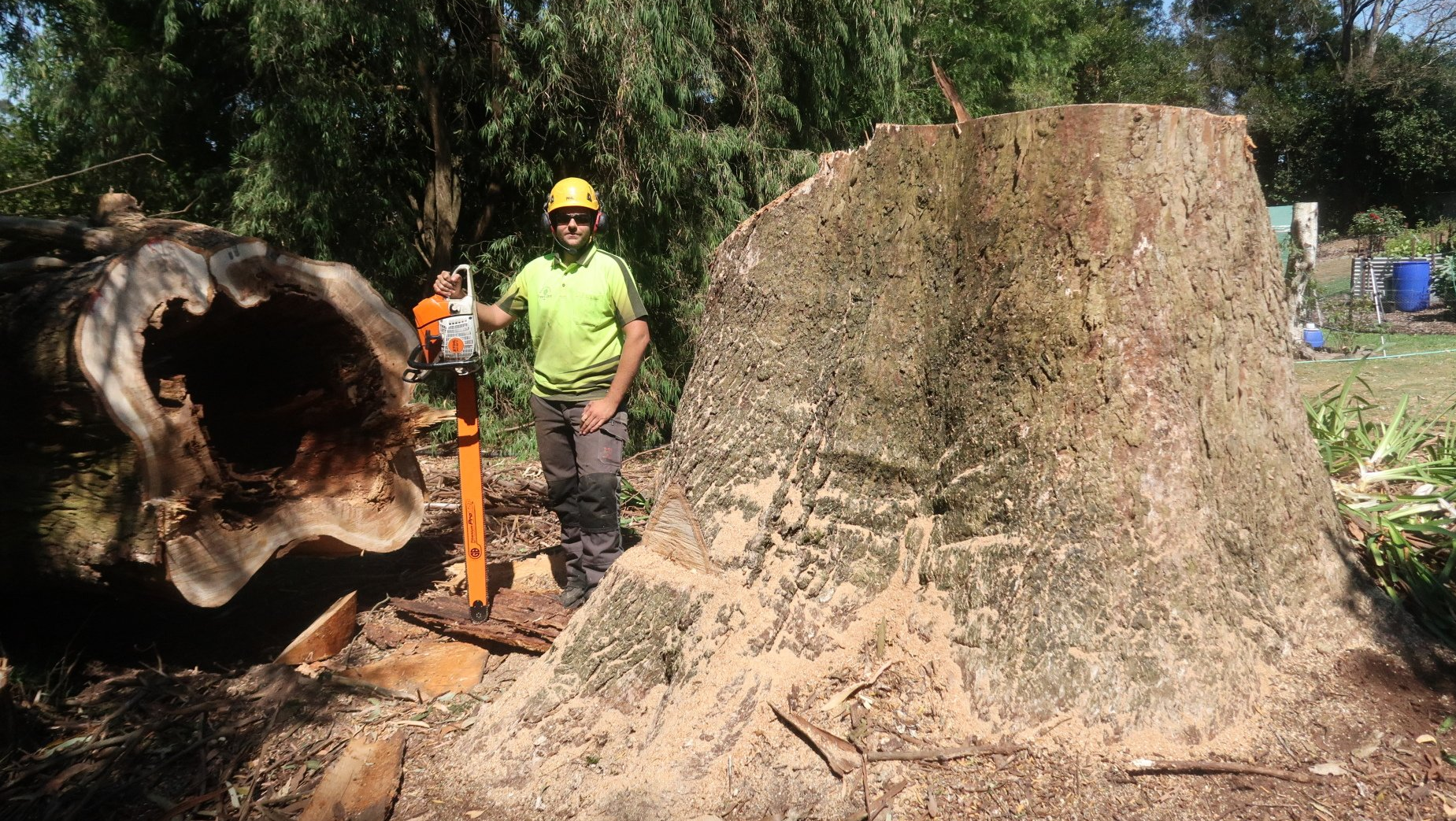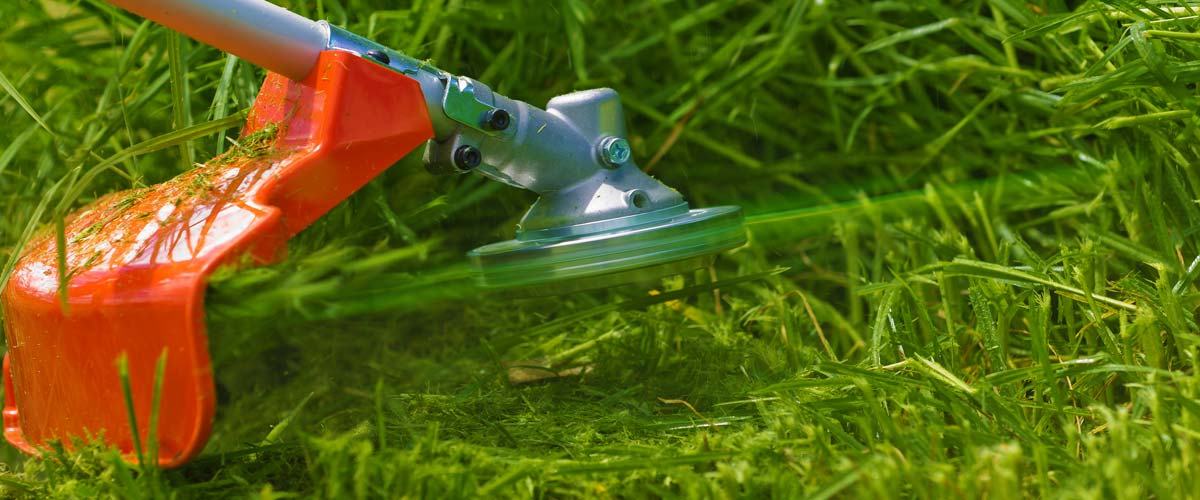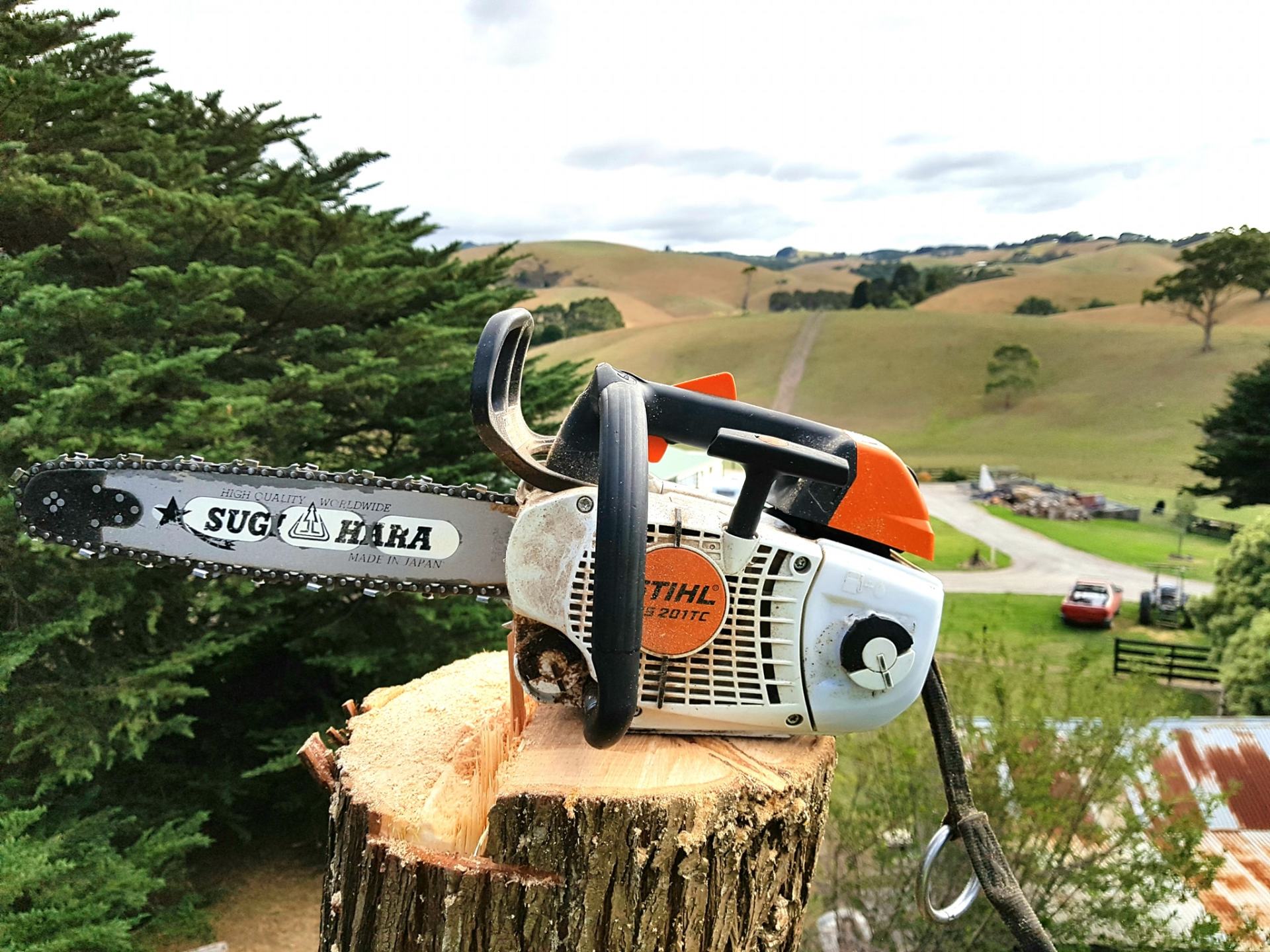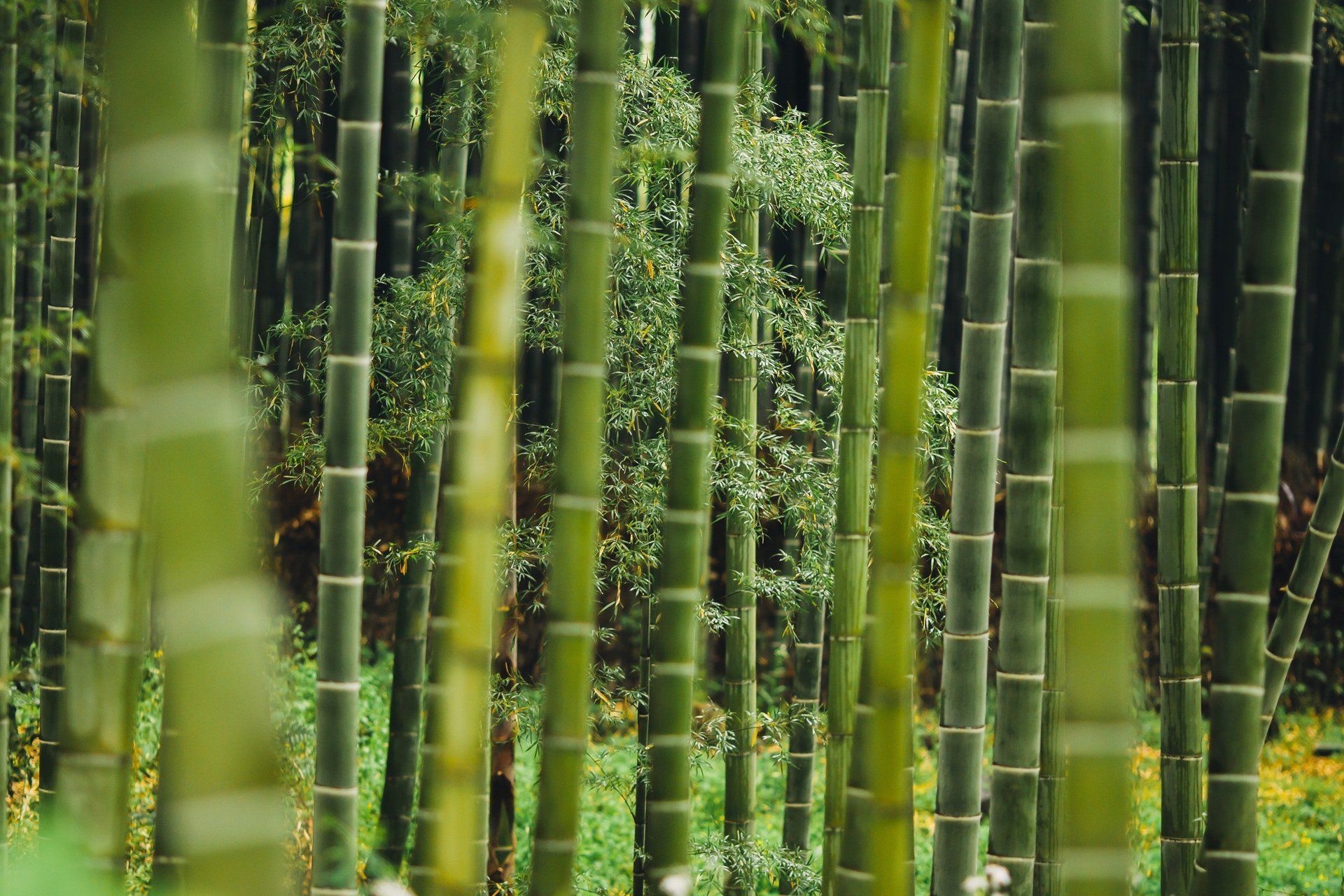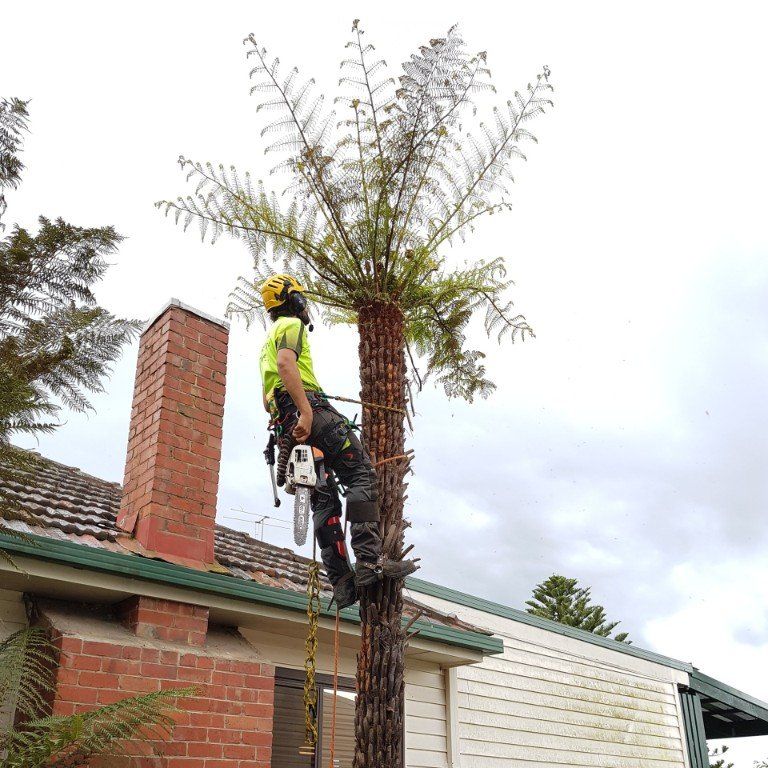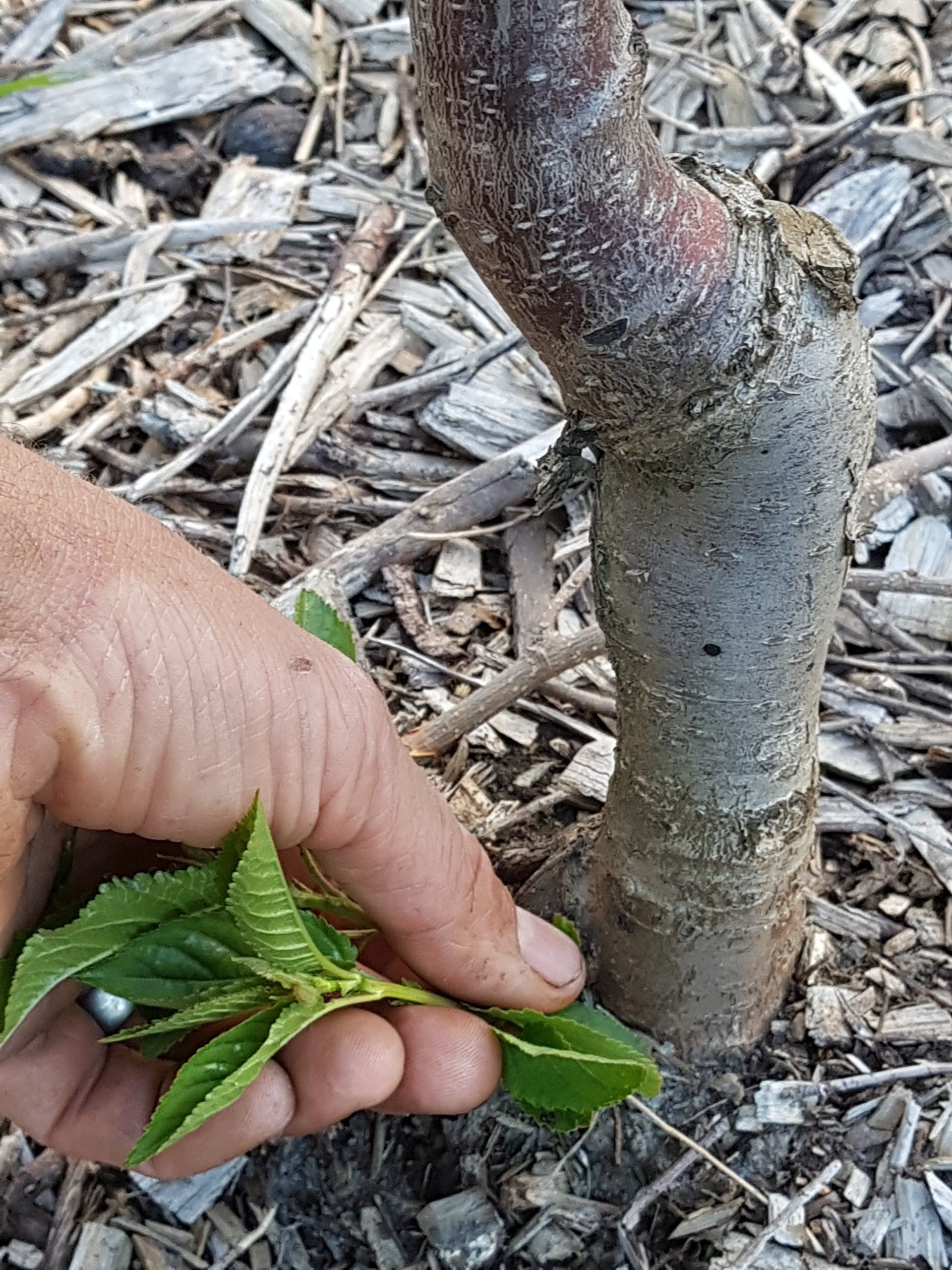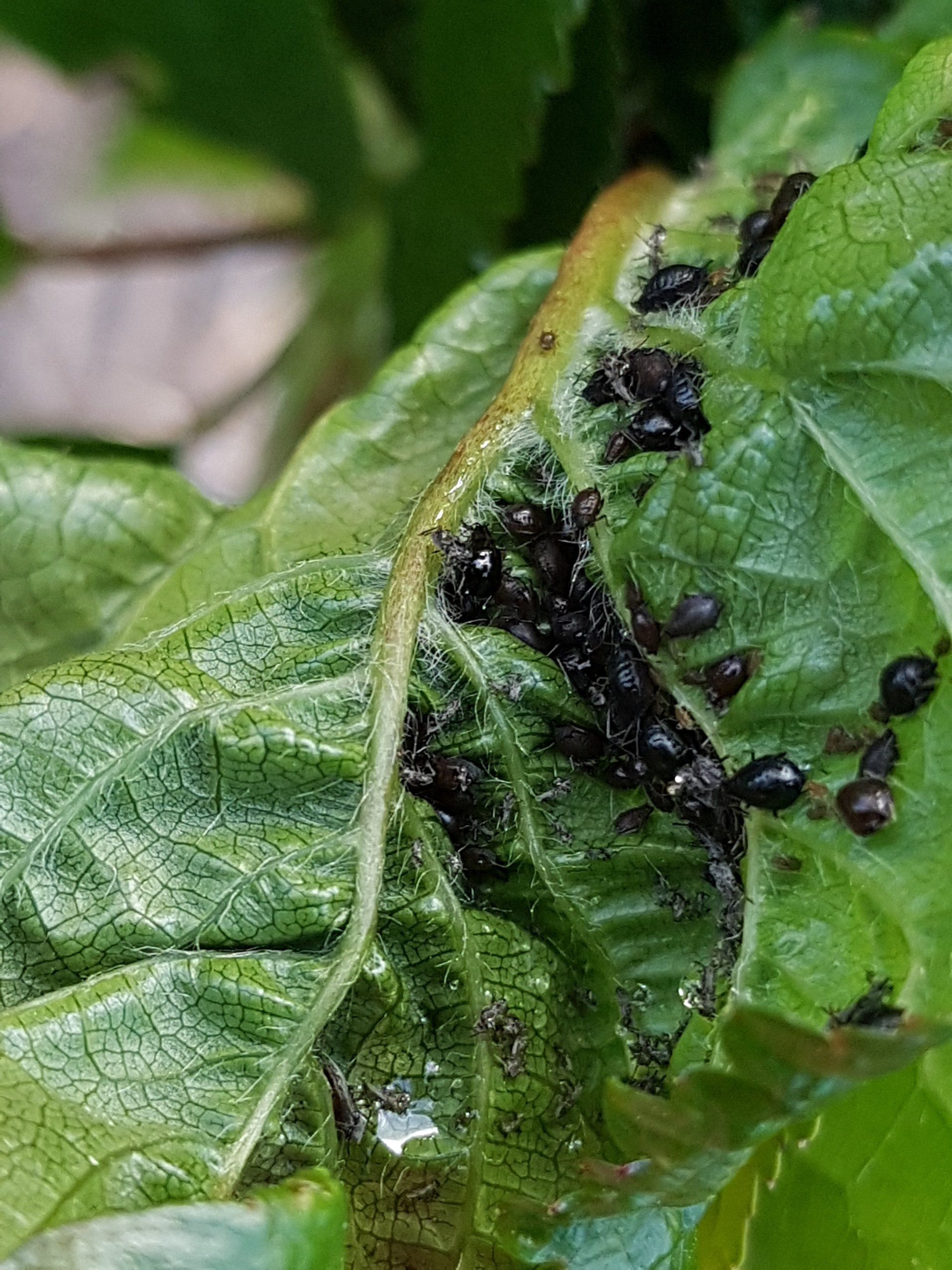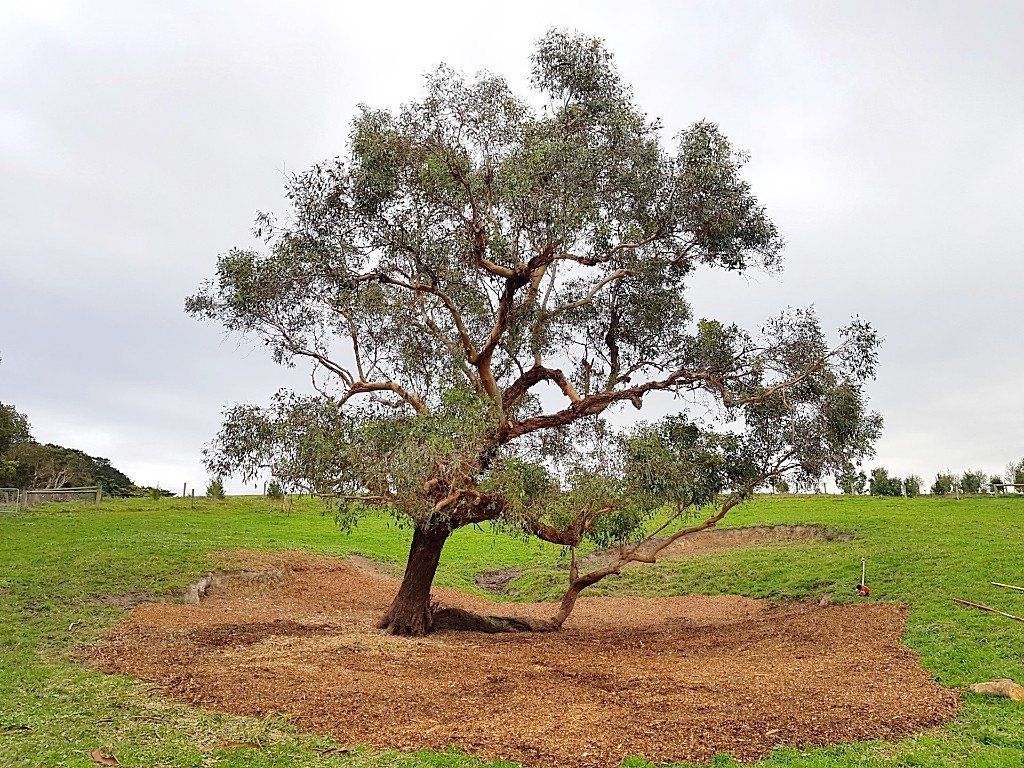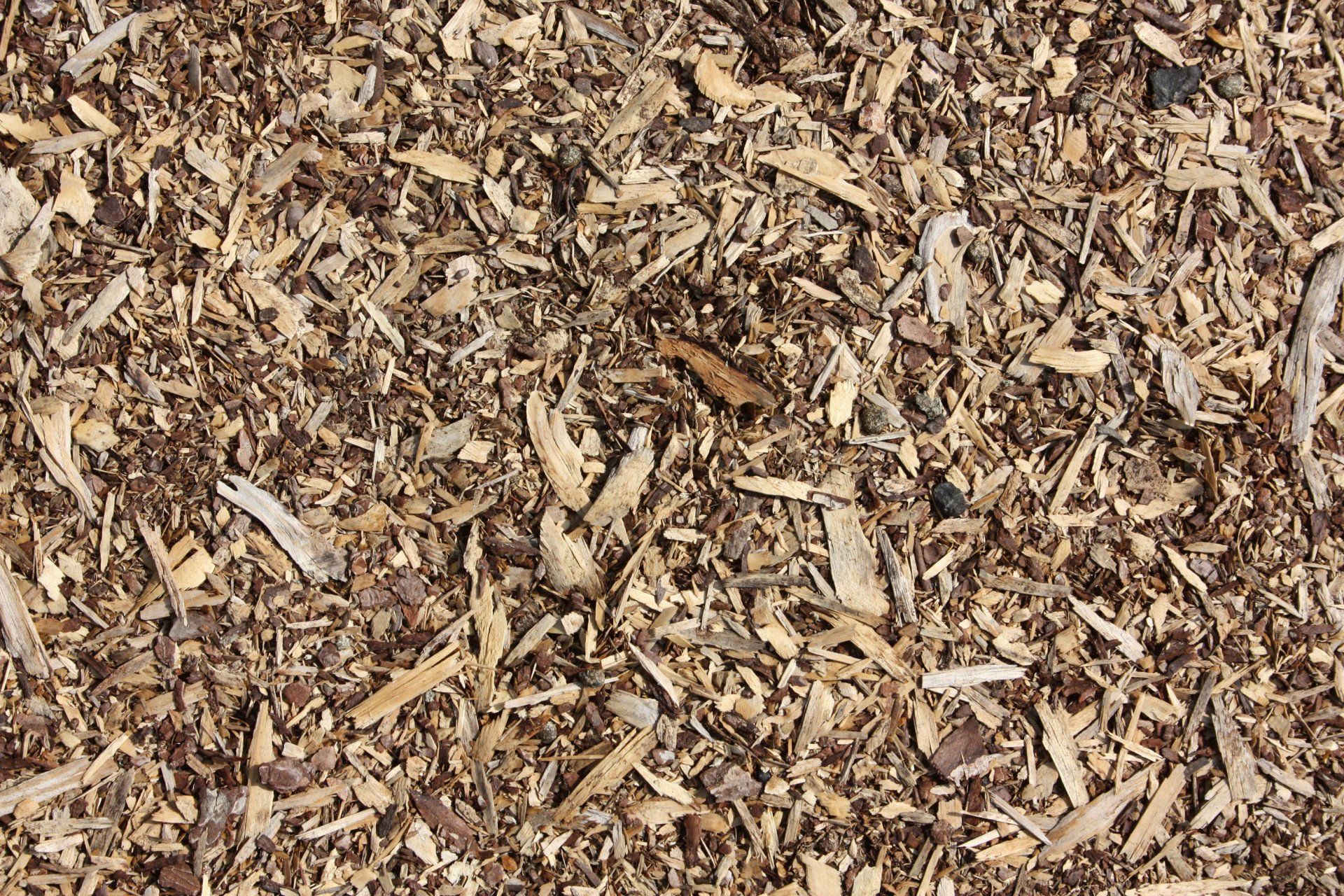Spring orchard guide
Get a head start on Summer with these simple tasks...
The leaves are out, the trees have flowered, small fruit are beginning to set, it's SPRING - what an exciting time to own an orchard! Whether you have 1 tree or 100, there are a few simple tasks that almost anyone can get stuck into before Summer. Let's get started....
Almost all fruit trees are grafted onto the roots of a different tree to control its growth and to lend better disease resistance. This graft (pictured here as a line in the bark where the stem curves) MUST be planted above ground level, and it MUST be monitored for growth originating below it. At this time of year (and with younger trees) this is a simple matter of pinching off any shoots. For older suckers you'll need secateurs or a pruning saw, and you'll have to cut them off as low as possible. Keep on top of them now or they'll persistently haunt you year after year!
Eww a bug! All that fresh leafy growth hasn't gone unnoticed by the gardeners arch nemesis - the Aphid.
Aphids live in what might be described as an Orwellian Feminist society - during the warmer months they do away with male aphids altogether with the females cloning themselves instead. Aphid babies are born pregnant with more cloned aphid babies so before you know it they're everywhere!
Organic Aphid control methods:
Blast them off with a hose, or better yet dilute a few tablespoons of dish soap in a small bucket of tepid water and use a spray bottle to apply the mixture to affected leaves or stems (this drys them out and kills them without harming the plant). Also encourage more birds into your garden (leave nets off fruit trees until Summer) and remember not to overfertilize your trees (after all, aphids love to infest fresh new growth).
Our last hot-tip for Spring: MULCH! Beg, borrow or steal some organic mulch - ideally arborist mulch (which we occasionally have for sale), compost, straw/hay even lawn clippings. Take a leaf out of goldilocks when applying - not too thick, not too thin, juuust right. With arborist mulch you'll be looking at a layer 50 to 100mm thick - you want just enough to suppress weeds, but not enough to stop the rain getting to the roots. Leave about a 100mm gap around the trunk to stop collar rot and sucker growth, and mulch all the way out past the 'drip line' (the edge of the foliage cover) if possible.
Done! Time to sit back and watch your garden grow.
